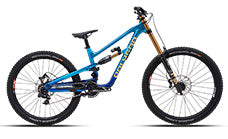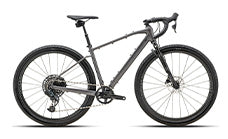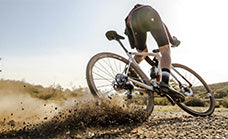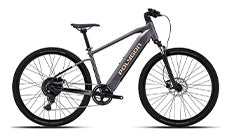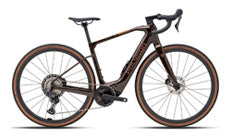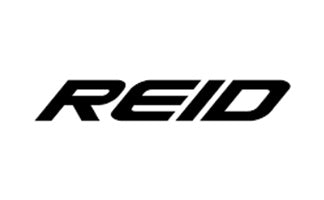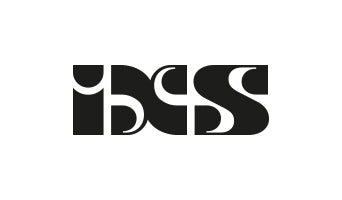Comparing Bosch Performance Line CX vs. Shimano EP801: Which EMTB Motor Reigns Supreme?
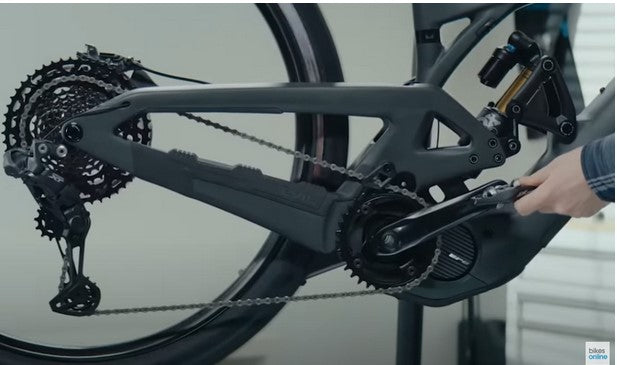
In the ever-evolving world of e-bikes, especially mountain bikes (MTBs), two names have risen to prominence due to their cutting-edge technology and impressive performance: Bosch and Shimano. Both companies have established themselves as leaders in the cycling industry, with Bosch being a veteran in the e-bike motor segment and Shimano catching up rapidly with innovative solutions. The Bosch Performance Line CX and Shimano EP801 are two of their standout MTB motor systems. But how do they stack up against each other? This article will dive deep into their key features, power capabilities, battery life, and user interfaces to help you decide which one suits your riding style best. Buckle up for an exciting ride through the intricacies of these two superb e-bike motors!
The Evolution of E-Bike Motors
E-bike technology has come leaps and bounds since its inception. Early models were either too bulky or not powerful enough to meet the demanding needs of MTB enthusiasts. However, advancements in battery technology, motor efficiency, and electronic controls have revolutionized the market, making e-bikes a viable option for anyone looking to enhance their cycling experience. Bosch, with its long-standing expertise, has invested heavily in R&D to stay ahead of the curve, while Shimano, known for its high-quality traditional cycling components, has recently entered the e-bike arena and quickly made a name for itself.
The rapid evolution of e-bike motors has brought us to a point where the Bosch Performance Line CX and Shimano EP801 can be considered the pinnacle of MTB motor technology. Let's delve into the details to see what each of these systems brings to the table.
Power and Performance: Bosch Performance Line CX vs. Shimano EP801
One of the most crucial factors when comparing MTB motors is their power and performance. The Bosch Performance Line CX is known for its robust power output, capable of delivering up to 85 Newton meters (Nm) of torque, which is essential for tackling those steep inclines and challenging terrains that MTB riders crave.
On the other hand, the Shimano EP801 also offers commendable power with up to 85 Nm of torque. However, Shimano focuses on providing a smooth and natural power delivery that enhances the rider's own pedaling efforts. While Bosch offers four power delivery modes—Eco, Tour, Sport, and Turbo—Shimano keeps things simpler with three modes: Eco, Trail, and Boost.
Battery Life and Range
Battery life and range are another set of critical considerations for MTB riders, especially those who embark on long, adventurous rides. Bosch excels with battery options ranging from 500 watt-hours (Wh) to a whopping 750 Wh, suitable for extended rides with fewer charging stops.
Shimano offers batteries starting at 418 Wh, praised for their lightweight and agility. Both brands also provide a 250 Wh battery extender, offering flexibility for various riding needs.
User Interface and Customization Options
Both Bosch and Shimano offer user-friendly interfaces with several customization options to meet diverse rider preferences. Bosch’s range of displays includes options for tech enthusiasts who demand advanced tracking capabilities and casual riders who prefer a minimalistic setup.
Shimano’s interface is clean and straightforward, focusing on essential information without clutter, ideal for riders who value simplicity and functionality.
Final Thoughts
Choosing between the Bosch Performance Line CX and Shimano EP801 depends largely on your specific riding style and needs. Bosch is ideal for those who demand maximum power and extended range, coupled with advanced features for challenging conditions. Shimano, on the other hand, is perfect for riders seeking a smooth, natural riding experience with lightweight components and seamless integration with other Shimano systems.
Both the Bosch Performance Line CX and Shimano EP801 motors are excellent choices for any MTB enthusiast, offering distinct benefits tailored to different preferences. Your decision should align with your personal riding goals and the features that will enhance your experience on the trails. Happy riding!








